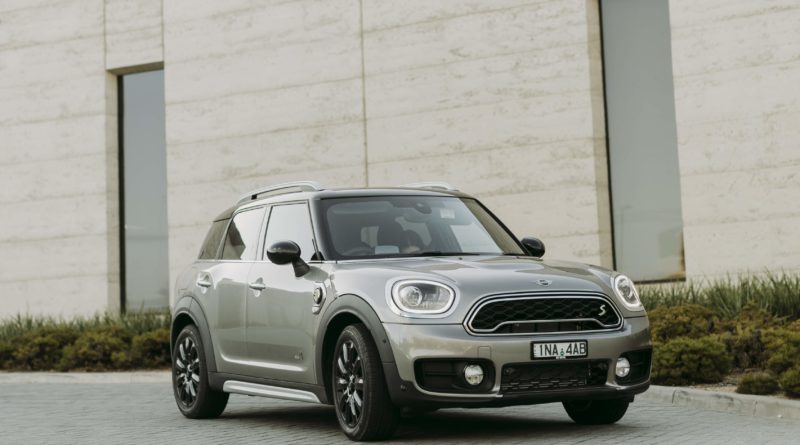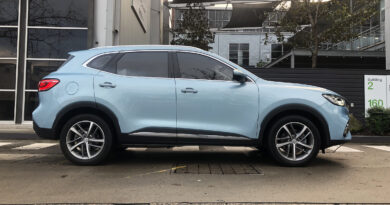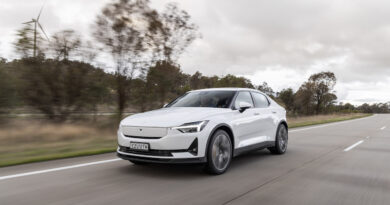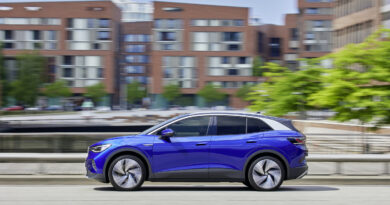2019 Mini Countryman Plug-in Hybrid
Mini plugs in and charges up its electric presence.
Introduction
In principle, the Mini Countryman Plug-in Hybrid is a very sensible idea. It’s the vaunted small-car brand’s first PHEV and in the not too distant future there’s going to be a battery electric Mini too.
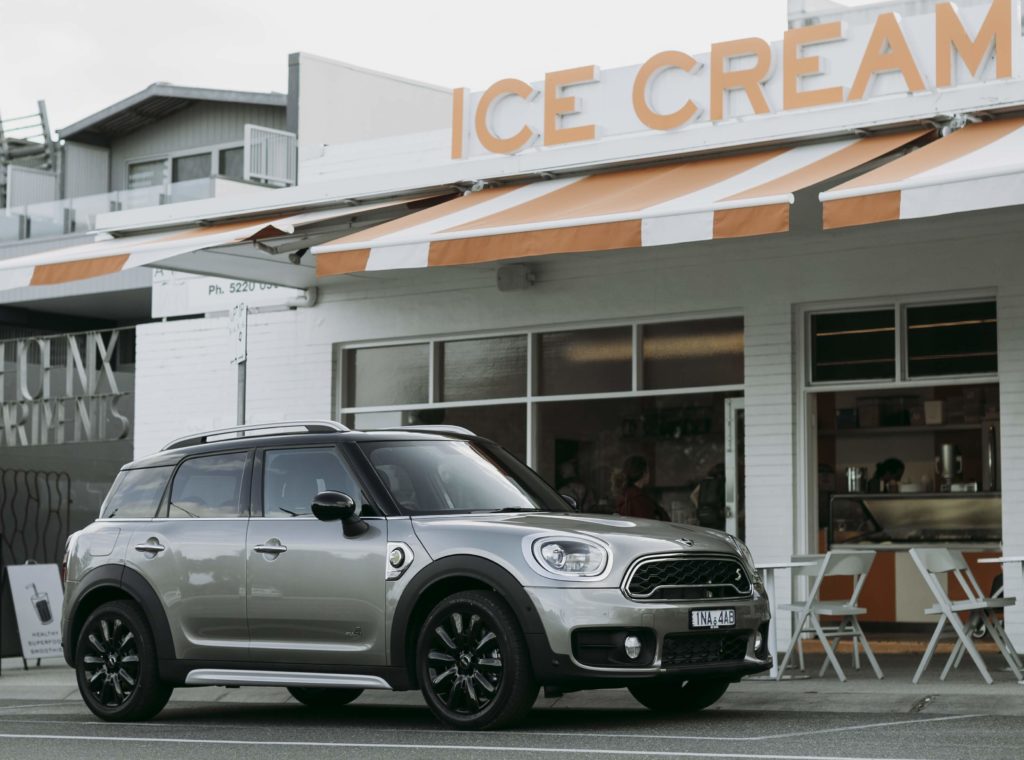
There’s some really cool tech here and a driving experience that at its best is good fun. Just as a Mini should be.
And yet there are enough issues to suggest the Countryman Plug-in Hybrid won’t become a popular vehicle on Australian roads.
Value
The biggest reasons we have reservations is the price tag. At $57,200 plus dealer and on-road costs you’re being charged big money for a small car – even if it is huge by Mini standards.
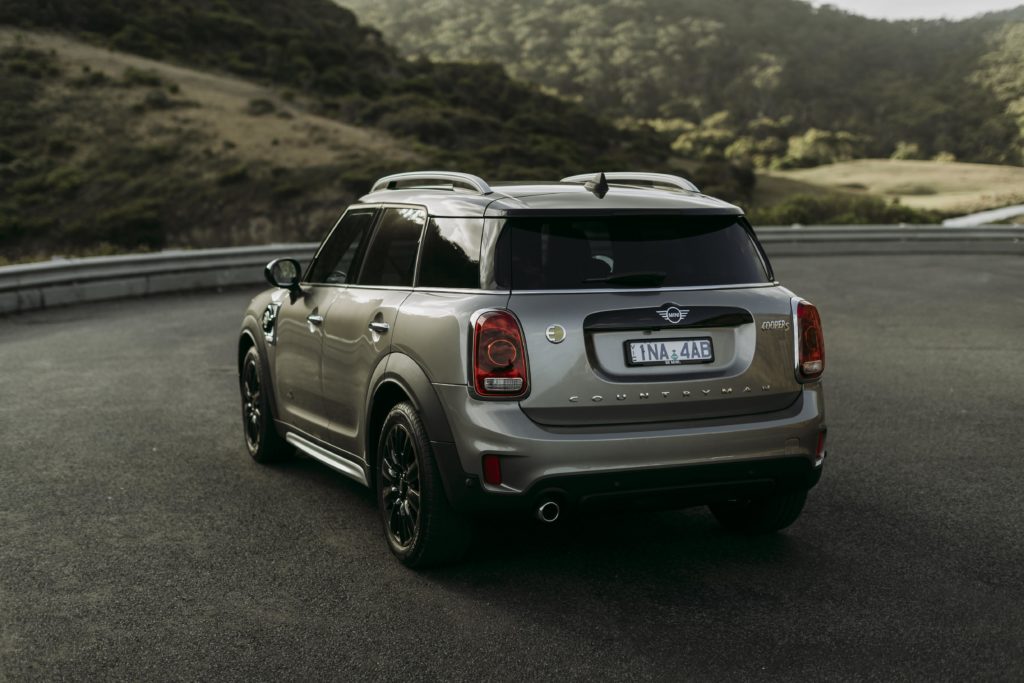
Equipment-wise there’s nothing special here to get too excited about. For instance, the seats are trimmed in fake leather and not even the driver gets power adjustment.
The gear you do get includes a powered tailgate, adaptive interior LED mood lighting, dual-zone climate control, sat-nav, twin USB ports, Apple CarPlay, six-speaker stereo, wireless phone charging and a digital radio.
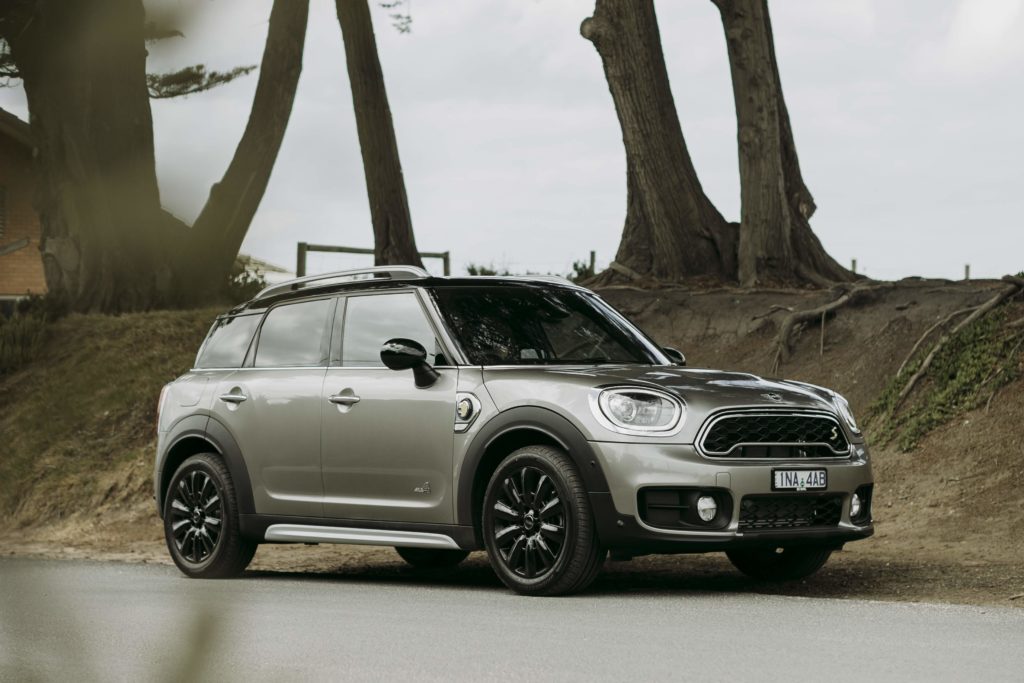
What you’re mostly paying for is a really tricky powertrain. A turbo-petrol 1.5-litre triple cylinder engine powers the front wheels via a six-speed auto, while a hybrid synchronous motor drives the rear axle via a two-stage single speed transmission.
Depending on how charged the battery is, the Countryman PHEV can be all-wheel drive, front-wheel drive or even rear-wheel drive. Yep, a Mini that drives the rear wheels only. Wild.
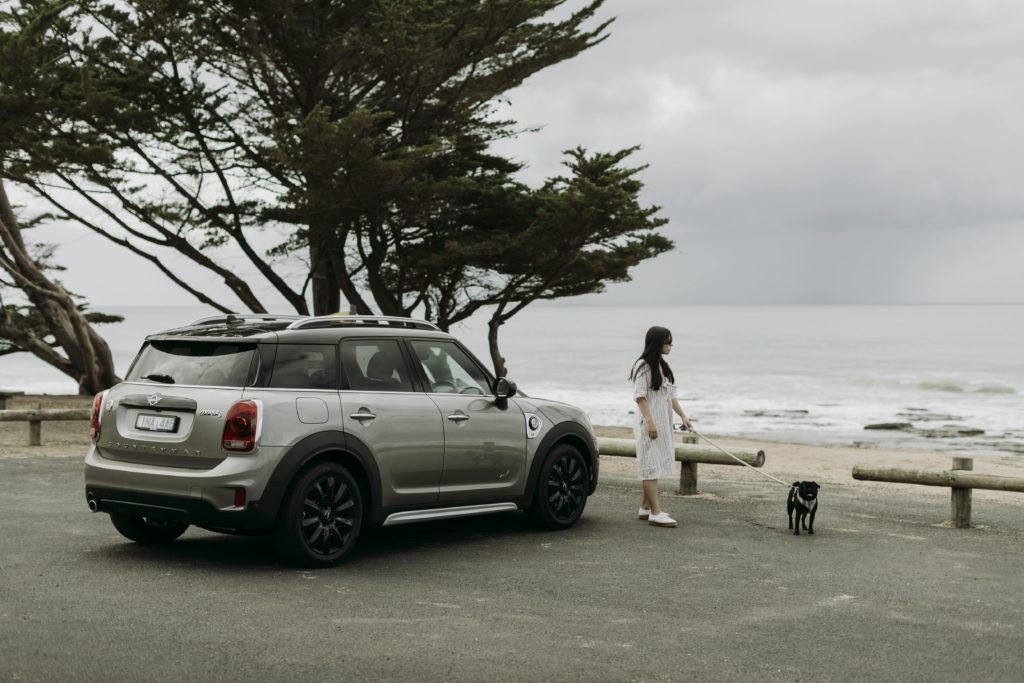
It’s an expensive system. The base model in the Australian Countryman line-up is a 1.5-litre triple front-wheel drive – so essentially this vehicle sans hybrid system – and it’s priced in the low $40K bracket.
Other hybrid SUVs like the Mitsubishi Outlander and Toyota RAV4 are significantly cheaper too.
The Countryman PHEV is protected by a three year/unlimited kilometre warranty, while service and selected maintenance costs can be covered by a single, one-off advance payment with Mini Service Inclusive.
Inside
Like we said, the Countryman is big by Mini standards. But it is still a small vehicle, measuring up at 4299mm long, 1822mm wide and 1559mm high.
So that means it remains compact inside. Rear-seat passengers are going to be tight for legroom, although at least headroom is no issue. The boot holds 405 litre of space – although that’s helped by the absence of a spare tyre to chew up the litres.

Drop the rear seat and that space expands to 1275 litres.
Up-front it’s a typical Mini with circles abounding. Circular speedo, circular touchscreen, circular gear lever and doorhandle surrounds. The list goes on.
Some of the controls, like the (circular!) iDrive screen controller borrowed from parent BMW work fine. Other bits like the touchscreen itself don’t like fat fingers and there’s a fair amount of drilling to do through menus.
Performance and efficiency
The Countryman PHEV is powered by the 100kW/220Nm petrol engine and 65kW/165Nm electric motor, which is fuelled by a 7.6kWh Li-ion battery (only 5.7kWh of which is usable).
Mini claims a 40km real-world range on electric power and a new version announced for 2020 lifts that to 47km.
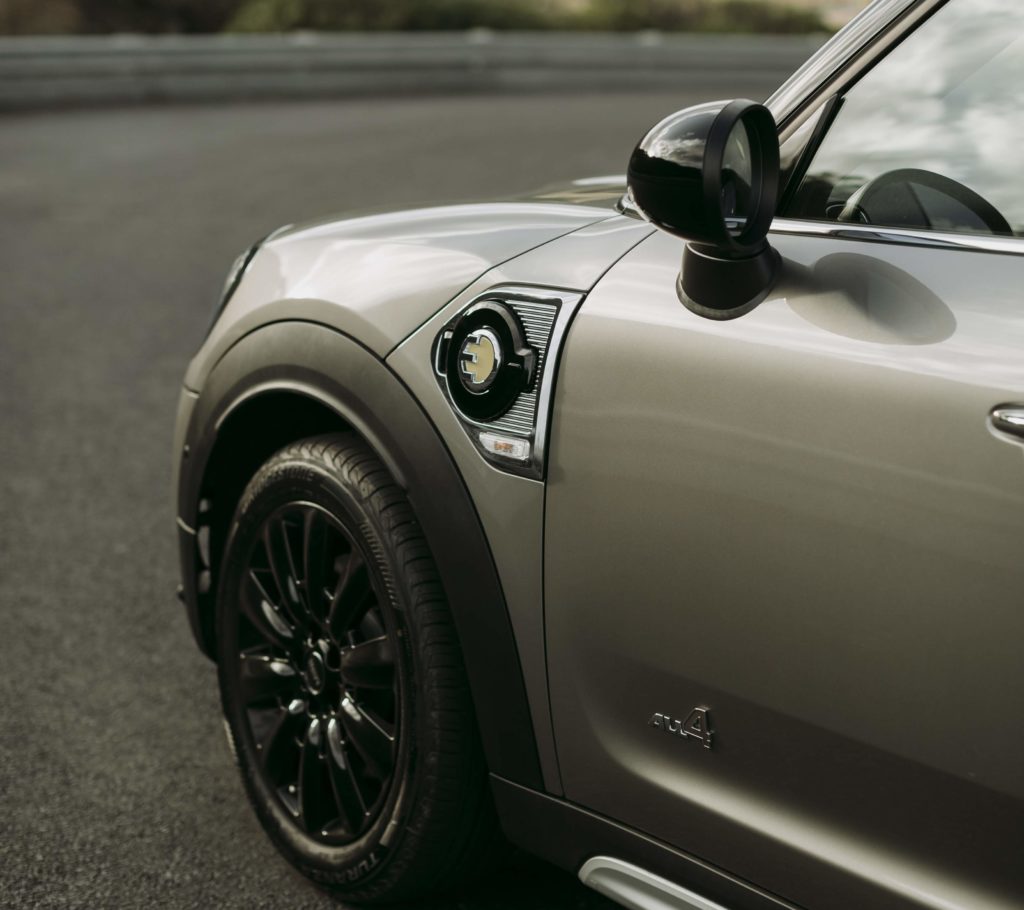
Trouble is those figures are all theoretical. Even with more than 90 per cent battery charge the Countryman’s electric range never got above the low 20km range during our test.
So most running was done by the petrol engine, which explains why our fuel economy average was above 7.0L/100km, rather than the silly official 2.4L/100km claim.
When both engine and motor are working, performance is zippy. Mini claims a 6.8 seconds for the 0-100km/h time and that seems in the ballpark. The problem is when the battery depletes the engine is left to shoulder the burden, so there’s less power to play with.
There are two issues. Launch turbo lag becomes obvious – not bad but noticeable. That’s because the electric motor’s max torque from zero revs overcomes the lag while there is charge. Secondly, the Countryman PHEV weighs in at 1660kg before a passenger gets in or load is added. So there’s a lot here for the small three-cylinder engine to deal with alone.
Charging
The Countryman PHEV comes with the Type 2 socket and can recharge its battery at a standard AC wall socket in three hours and 15 minutes. You can knock an hour off that using a wallbox. It cannot DC fast charge.
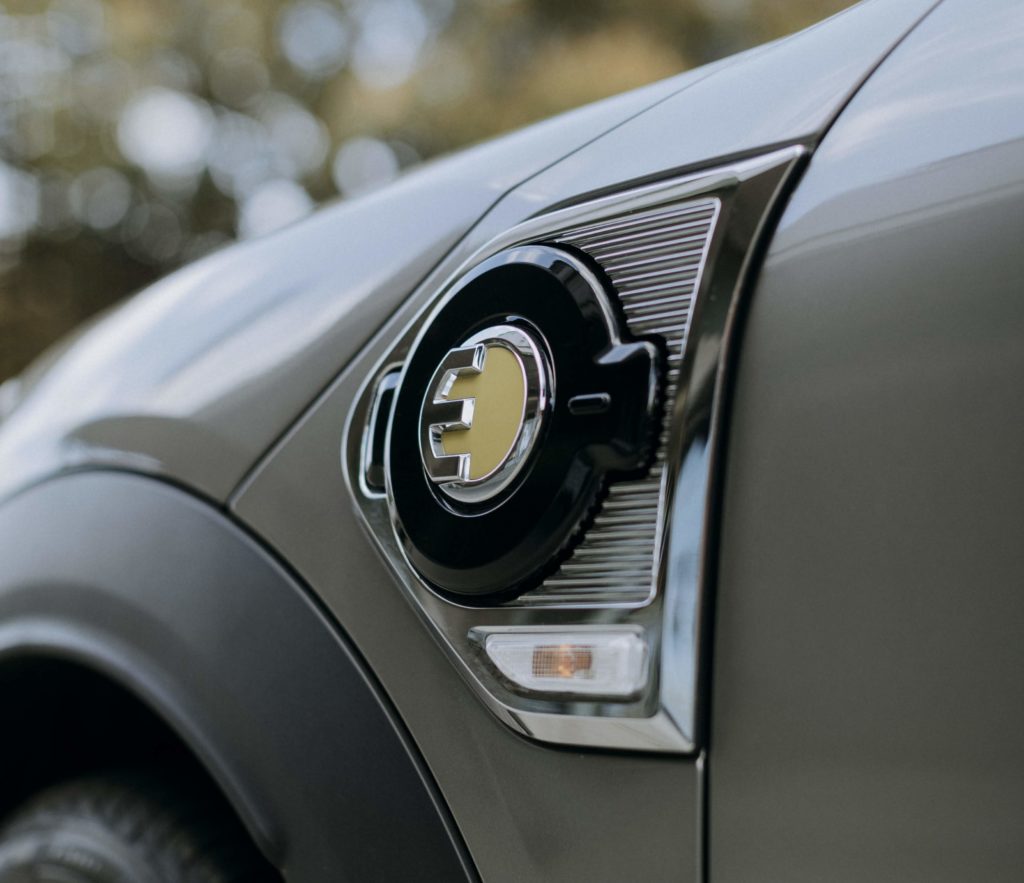
Brake energy regeneration helps adds electricity to the battery on the move. For instance, in one eight km segment of city running, five kilometres of electrical energy was expended.
The driver can manage the battery via the eDrive toggle on the centre stack. MAX eDrive is pure electric, supposedly up to 125km/h. We never drove that fast, but the petrol engine did seem to kick in any time hard acceleration was required whatever the speed.
Auto eDrive mixes petrol and electric drive as required, while SAVE battery mode does just that.
Ride and handling
The Countryman PHEV drives like a Mini only bigger and heavier. Der!

So it’s not quite as go-kart in its handling and not as light on its run-flat tyres. In fact, the kerb weight and those tyres are undoubtedly big reasons why this car doesn’t cushion that many of the roads corrugations and potholes.
It’s small enough to easily manoeuvre around town, while tis big glasshouse and slightly raised ride height make it excellent to see out of.

We did venture on to some dirt roads and the Countryman PHEV behaved itself with aplomb. But don’t imagine this thing is some tough bush basher. It’s not!
X-factor
If you want to watch which powertrain and which wheels are doing what, there’s a graphic representation on the touch screen. Mind you, it takes a while to find.
There are green and red arrows pointing this way and that and green and red wheels spinning or idling, depending on what’s working … or not.

By the way, the electric rear axle set-up is not unique to Mini. It’s a system developed by GKN that’s also used by Volvo. An X1 BMW SUV with the same set-up rolls out in 2020. Makes sense as it shares the same platform with the Mini.
Safety
Safety equipment includes six airbags, adaptive cruise control with stop and go traffic function, low speed autonomous emergency braking with pedestrian detection, front and rear parking sensors, a speed limit information system and LED headlights.
There is no ANCAP rating for this car.
Verdict
The Mini Countryman Plug-in Hybrid is a mighty impressive powertrains trapped in a small but expensive body.
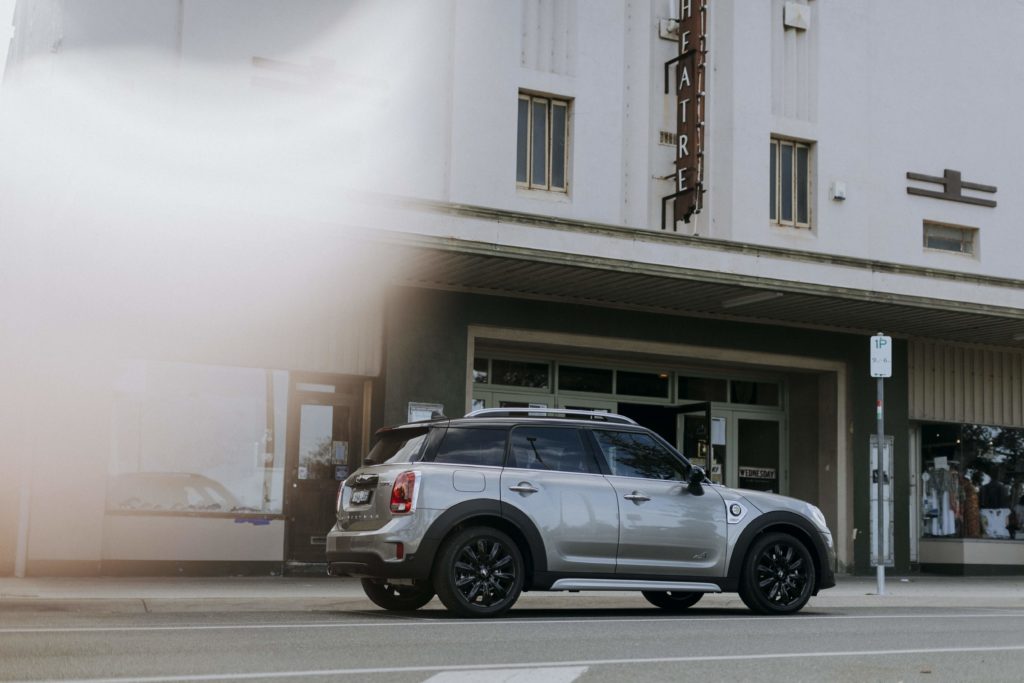
It’s a combination that’s going to mean this vehicle won’t attract many buyers. It’s too expensive for most, not practical enough for others.
For a few though, it might just be the sensible city transporter with cheeky character they need.
MINI COUNTRYMAN PLUG-IN HYBRID SPECIFICATIONS
Price: $57,200, plus dealer and on-road costs
Warranty: 3 years, unlimited km
Battery warranty:
EV type: PHEV
Engine: 1.5-litre three-cylinder turbo (100kW/220Nm)
Motor/s: Single synchronous electric motor (65kW/165Nm)
Power/torque: 165kW/385Nm
Transmission: 6-speed auto (petrol engine), two-stage single-speed (electric motor), four-wheel drive
Fuel use: 2.5L/100km
Electricity use: 13.8kWh/100km
Charger types: Type 2
Battery capacity: 5.7kWh
Maximum charging power AC/DC: 3.7kW/NA
0-100km/h: 6.8 seconds
Top speed: 198km/h (125km/h on electric only)

